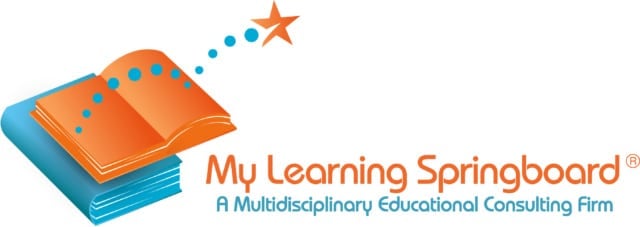 Math Gaps and How to Fill Them
Math Gaps and How to Fill Them
What happens to students who fail to master fractions by 6th grade? Nothing much, apparently; they continue to work on more advanced areas, building on shaky foundations. Among the myriad of topics covered in mathematics, the following three have a disproportionate effect on future development: fractions, negative numbers, and algebra. Shakiness in these areas leads to math gaps and weaknesses in trigonometry, calculus, statistics, and other topics and endless frustration with standardized tests.
Fractions
Teachers generally present mathematics as a cumulative subject; it requires the mastery of basic techniques before tackling more advanced concepts, which assume complete knowledge of these techniques. Many of my students, for example, learn how to solve systems of equations and happily master these techniques when solutions are integers. Add fractions to the mix, though, and they begin to struggle and lose confidence in the whole topic. These weaknesses and math gaps persist into high school and beyond; in conversations with NYU mathematics professors, they shared that the biggest complaint was that many students couldn’t handle algebraic fractions. Of course, there isn’t time to redo the 6th-grade curriculum at that late stage.
Fractions also tie into other areas – students need to convert freely between fractions, decimals, and percentages; they also need to deal with decimals within fractions e.g.
Simplify:
and (my students’ pet hate) fractions within fractions e.g.
Simplify:
Given how broad and complex this topic is, teachers and tutors should review it throughout middle and high school.
In my experience, a standard method of teaching fraction manipulation leaves much to be desired: a focus on mastering concepts at the expense of developing computational skills, which makes students confused about both. Many of my students take a ponderous approach to fraction manipulation: when solving proportions, for example, we may encounter something like the following equation:
The students may painstakingly find a common denominator and then sometimes struggle with what to do next when cross-multiplication yields the solution in a couple of short steps. Once students understand that the two methods are equivalent, they should routinely use the more efficient one. When they master fraction manipulation in 5th or 6th grade, they are free to master more advanced topics as they progress through High School.
Negative Numbers
Fractions aren’t the only stumbling block; handling negative numbers is a topic that causes many of my high school students to struggle. A significant weakness is distributing negative signs outside parentheses and thinking of the relation between negative numbers and the number line. It’s supposed to have been dealt with by 7th grade and is not touched upon again.
Algebra
Moving from the concrete (i.e., numerical) to the abstract (i.e., algebraic) is a leap that many students never complete consistently. Teachers usually cover this step by 8th grade, but many students feel abandoned at this point. Algebra is not re-visited until 10th grade, with geometry typically filling the time gap in 9th grade, so 8th-grade progress is often lost by 10th grade when students have to make the enormous leap to Algebra II, leading to even more frustration and bigger math gaps. The modular nature of most school curricula exacerbates the weaknesses we are discussing, so I favor a more integrated approach that is rare in most American schools but common elsewhere.
There are other areas that could be added to the list, such as geometry and exponents, but the above topics hold the most significant foundational importance. It’s almost pointless to study trigonometry and calculus, for example, without mastery of these areas – it’s akin to playing a sport without training.
Now that I’ve highlighted some common math gaps and areas of frustration for students and their teachers, what are the possible solutions? Students who barely master skills will lose them fast without constant reinforcement – it happens to all of us, to a degree – but school teachers are under pressure to cover a curriculum that doesn’t give them latitude to return to skill-building. Frequent testing puts students under pressure to forget the material they’ve just covered as they anxiously prepare for the next test.
Students and their tutors can fill these math gaps by:
- Creating a study program to review past material for students.
- Avoiding a “one size fits all” approach – each student has their way of understanding the areas outlined above.
- Ensuring that students don’t fall behind on quizzes and tests.
We live in a competitive environment; there is competition for middle schools, high schools, university places, internships, jobs, and graduate schools. Successful students cover more than what is offered in school, so students can’t afford to be left behind. It’s far better to tackle these issues as early as possible and then reinforce them regularly, with the help of tutors if necessary, in order to mitigate unnecessary math gaps.
By Kovan Pillai, PhD and Math Specialist as well as Executive Director of the New York Math Circle

